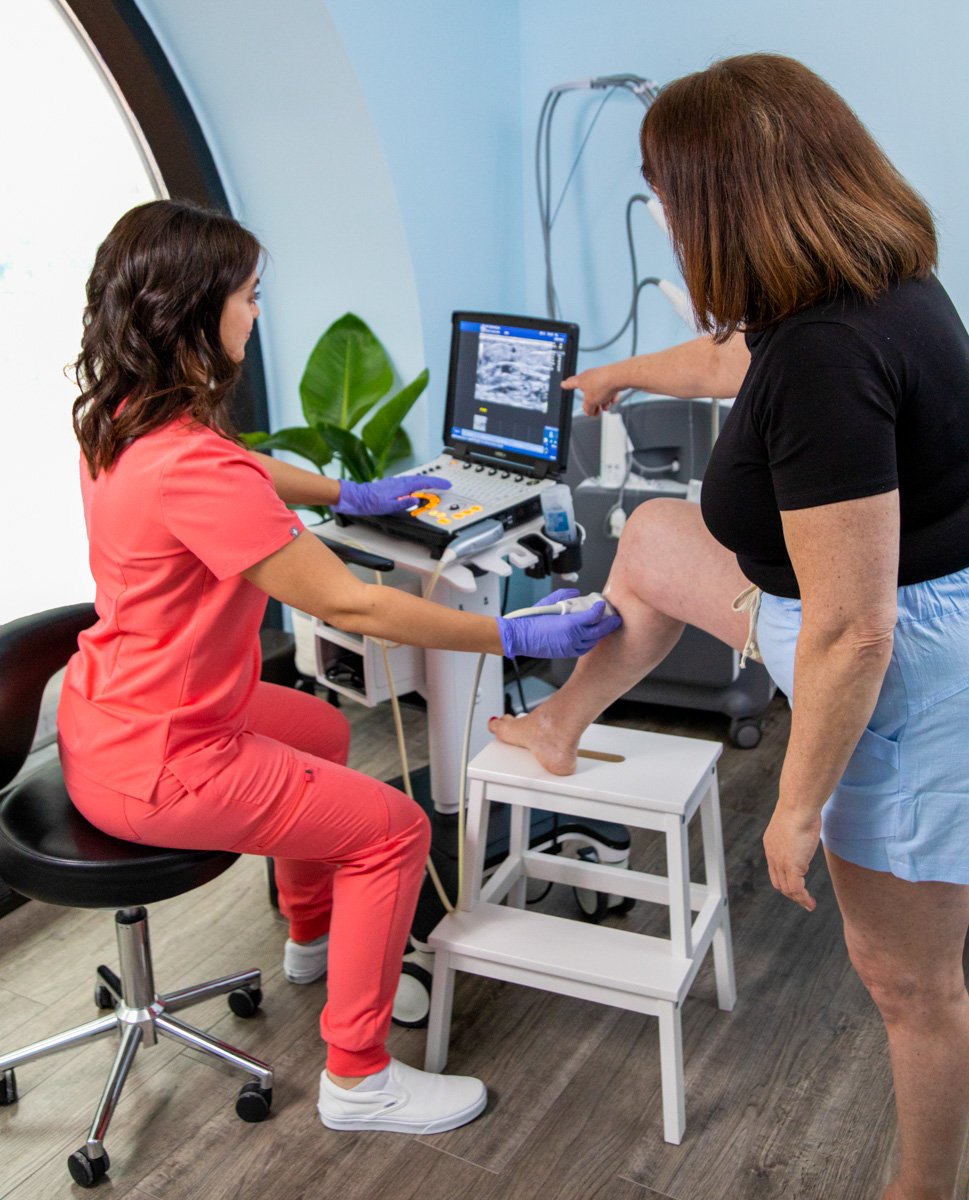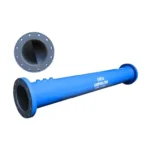Spider veins—those tiny red, blue, or purple lines that appear on the legs and face—can make many people feel self-conscious. Modern medicine offers several Vein Treatments for Spider and Varicose Veins, but laser therapy remains one of the most popular options because it is non-invasive, effective, and safe. If you have wondered how lasers actually remove spider veins, this guide breaks down the entire process in a clear, human, and readable way.
What Happens Inside the Skin During Laser Treatment?
Laser treatments work by delivering focused light energy to the unwanted spider veins. When the laser targets these veins, the blood inside them absorbs the light and heats up. This heat causes the vein walls to collapse and eventually close. Over the next few weeks, the treated vein dissolves and fades from view as the body naturally absorbs it.
The key is precision. The laser only affects the targeted vein and does not damage the surrounding skin. This selective targeting allows doctors to treat spider veins safely on delicate areas like the face, ankles, or thighs.
Because the vein is no longer functional, the blood reroutes itself through healthier veins. This restores smoother circulation and reduces visible discoloration.
What Makes Laser Therapy Different From Other Vein Treatments?
Laser therapy stands out because it does not require incisions, needles, or downtime. Unlike surgical procedures that remove or tie off problematic veins, lasers work entirely through the surface of the skin.
Here’s what makes laser therapy unique:
- It’s Non-Invasive
The laser sits on top of the skin and delivers energy without puncturing or breaking the surface.
- It’s Quick and Efficient
Most treatments take 15 to 30 minutes, depending on the number of veins.
- It’s Ideal for Smaller Veins
Laser therapy is especially effective for tiny facial veins or small clusters on the legs that are too fine for injections.
- It Offers Cosmetic Benefits
Because lasers stimulate collagen production, skin often appears smoother and more even after treatment.
- It Works Well With Other Treatments
Many patients combine laser therapy with sclerotherapy for more complete results, especially when dealing with both spider and varicose veins.
What Kind of Doctor Treats Varicose Veins and Performs Laser Therapy?
Many people wonder, “What Kind of Doctor Treats Varicose Veins?” The best specialist for both spider and varicose veins is a vein doctor, also called a vascular specialist, vein specialist, or interventional radiologist.
These doctors receive advanced training in minimally invasive procedures, including:
- Laser vein therapy
- Sclerotherapy
- Endovenous ablation
- Ultrasound-guided treatments
At clinics like Vein Treatment New Jersey, board-certified vein specialists use state-of-the-art equipment and advanced diagnostic ultrasound to determine the root cause of your vein issues before recommending the right treatment.
Who Makes a Good Candidate for Laser Spider Vein Treatment?
Laser therapy works well for most people, especially those dealing with small or medium-sized spider veins. You may be a good candidate if you:
- Have facial spider veins
- Have small clusters of red or blue leg veins
- Want a non-invasive solution
- Prefer no downtime
- Want a cosmetic improvement with quick results
However, some situations may require a different approach. For example, if you have larger varicose veins, your doctor may recommend medical treatments like endovenous ablation or sclerotherapy before using lasers. This is why a skilled vein specialist is important—every person’s treatment plan should be tailored to their individual condition.
What Should You Expect During the Procedure?
Laser spider vein treatment is straightforward. Here’s how it typically works:
Step 1: Consultation and Evaluation
Your doctor will begin with an examination and may use ultrasound to check for underlying venous insufficiency. This ensures your visible veins aren’t caused by deeper circulation issues.
Step 2: Skin Cleansing
The treatment area is cleaned, and protective eyewear is provided.
Step 3: Laser Application
The doctor places the laser device on the skin and delivers quick pulses of light energy. Most patients describe the sensation as similar to a warm snap or light rubber-band flick.
Step 4: Cooling and Aftercare
Many lasers include built-in cooling to reduce discomfort. Some redness or swelling may appear, but it usually subsides quickly.
Step 5: Post-Treatment Guidelines
You can resume normal activities right away. However, your doctor will advise you to:
- Avoid hot showers for 24 hours
- Use sunscreen consistently
- Wear compression stockings if recommended
- Avoid intense workouts for a day or two
How Many Laser Sessions Do You Need?
While some patients see improvement after their first session, most need 2 to 4 treatments, spaced several weeks apart, for optimal results. The number of sessions depends on:
- The size of the spider veins
- How many clusters are present
- The location of the veins
- Your skin tone and overall health
Veins gradually fade with each session, and full results typically appear within three months.
How Does Laser Therapy Fit Into Comprehensive Vein Care?
Laser treatment alone can be excellent for small surface veins. But vein health often involves more than what appears on the skin. Many cases of spider and varicose veins come from underlying venous insufficiency—a condition where the valves in leg veins stop working properly.
In these cases, your doctor may combine laser therapy with other Vein Treatments for Spider and Varicose Veins, such as:
- Endovenous Laser Ablation (EVLA or EVLT)
- Radiofrequency Ablation (RFA)
- Foam or liquid sclerotherapy
- VenaSeal adhesive closure
At Vein Treatment New Jersey, specialists use ultrasound technology to diagnose underlying issues before recommending a customized treatment plan. This comprehensive approach ensures long-lasting results instead of temporary cosmetic fixes.
Are There Side Effects to Laser Spider Vein Treatment?
Laser therapy is considered very safe, but mild side effects can occur:
- Temporary redness
- Mild swelling
- A slight darkening of treated veins before they fade
- Skin sensitivity
These symptoms typically resolve within a few days. Burns or scarring are extremely rare when treatment is performed by an experienced vein doctor.
Is Laser Treatment Worth It for Spider Veins?
If you want smoother legs, clearer skin, or a confidence boost, laser therapy is absolutely worth considering. The treatment is fast, safe, and effective, especially for small surface veins. When paired with proper evaluation and treatment of underlying issues, results can last for years.
Laser therapy gives you:
- Improved appearance
- Minimal discomfort
- No downtime
- Long-term satisfaction
Whether your goal is cosmetic improvement or relief from symptoms like itching or burning, modern vein treatments offer a solution tailored to your needs.


